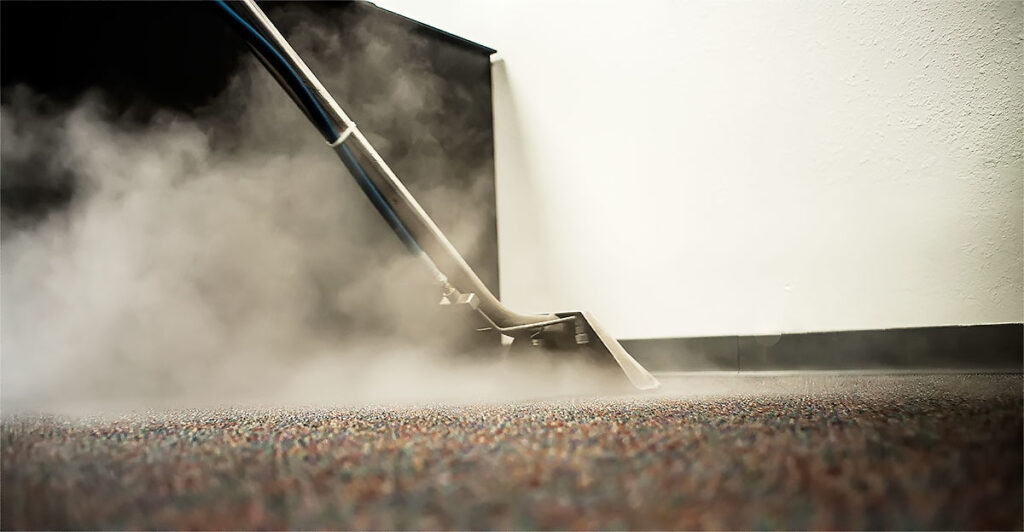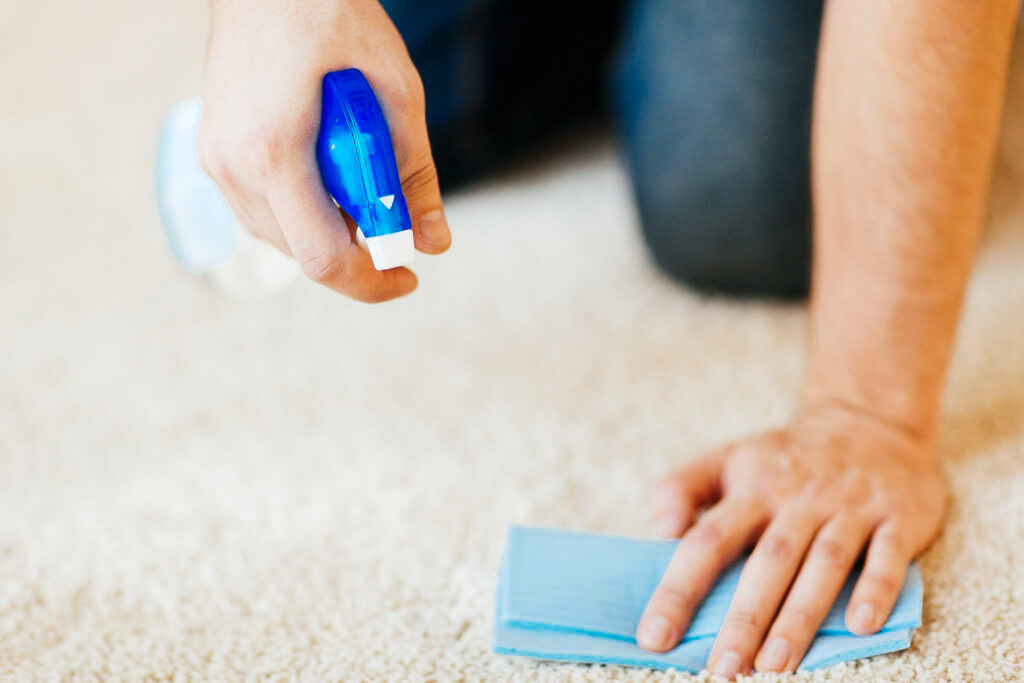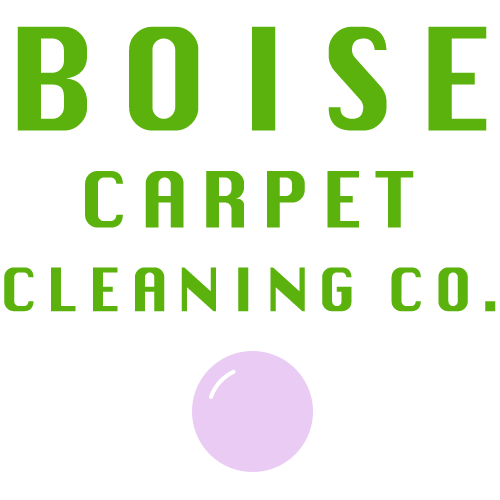Do you do “green cleaning“? Ten years ago, the question was the new hip – now it is just a constant irritant. For those of you who still don’t know, “green cleaning” refers to the limited use of detergents and chemical-based materials for the sake of organic cleaning agents. I get it – people are sick and tired of the chemical formulae that surround their daily living, in what they eat, drive, or treat their homes with. You have to recognise, however, that the organic substitute is not always the best choice.
Do not get me wrong, I am not one of those old-fashioned cleaners who oppose any innovation. But I like to cite one of my favourite quotes by Winston Churchill: “Democracy is an imperfect system of government, but it is the best that we’ve got.” The very same thing can be said of specific carpet cleaning methods, which remain indispensable despite the reservations of an eco-activist. Before I mention just the most common and useful of them, a quick sidenote on the best applications of organic materials.
Baking soda and salt are super-effective for the immediate treatment of stains, especially the oil-based ones (anything food-related). They can help you avoid long-term problems and future stain removal procedures, but you should react as quickly as possible and treat the area while the stain is still fresh. Another great application of natural materials is deodorising – the combination of baking soda, borax, and some essential oil of your choice makes for a perfect homemade carpet deodoriser and will work wonders on the smell of your rooms. You can also use white vinegar and lemon juice for wine and coffee stains.
As you can notice, these applications fall into a common category, which I would call carpet pampering. It is an essential part of keeping your floor coverings fresh and good-looking, but it cannot substitute the more powerful and sometimes crucial methods that professional technicians have at their disposal. Let’s put it this way – organic products are useful for the daily upkeep of your carpets, the detergents and heavy-duty equipment step in when there are more specific and severe hygienic problems.

What are these more powerful methods? The one you probably have heard of the most is hot water extraction. Many homeowners I have talked to are under the wrong impression that the procedure relies entirely on steam (hence its well-known synonym – steam carpet cleaning). This, however, is not the case. To be effective, steam has to work hand in hand with a powerful chemical compound that is injected deep within the fabrics. It reacts quickly with the accumulated microparticles there and removes them during the high RPM (rotation per minute) rinse. Why is there no risk for your carpet or household in this case? First of all, the detergents I use are not biohazardous of abrasive in any way. Second, they remain on the carpet for a limited period of time – the 10-15 minutes between the initial treatment and the rinse. Besides, the equipment is so powerful that it removes the residue of cleaning compound and grime with 100% efficiency.

The second chemical-based method that is better than anything you can achieve with organic materials is specialised spot and stain removal. The concentrated formula of the cleaning compound is specifically designed to react with the stain particles and dissolve them, making them much easier to remove. At the same time, it protects the fabrics, and the procedure does not result in loose threads, holes, or discolourisation. Again, let me underline the difference between fresh stains and permanent, long-term stains – you can use organic materials to remove the former, but the latter requires detergents.
The next method is a must for pet owners who still haven’t trained their cats or dogs not to use the carpets as their favourite toilet. Pet urine is particularly hard to remove, it soils the carpet down to the padding and attracts bacteria, germs, and all sorts of nasty microparticles. It creates a thriving environment for mould formation and is even more dangerous because homeowners tend to overlook the problem or tolerate it due to their love for the pets. And I will not even mention the nasty smell that ruins the comfort of your home.
I’ve talked to more than a few homeowners who claim that baking soda or white vinegar can remove pet urine stains. It is only half correct – they remove the stain on the surface, but the soiling residue remains intact close to the padding. If you want to deal with the problem for good, you need a more radical approach – and one that inevitably includes detergents. The efficiency, however, is incomparable – though the long-term solution is to teach your pets to “do their business” in the proper place.
Finally, a method that is often overlooked but is among my personal favourites – the Scotchgard protection. It is a durable and effective repellent of water and stains that will keep your carpets in better shape for weeks. And no, despite the widespread myths, it is not cancerogenic. Scotchgard has no organic-based equivalent, and I strongly recommend it to all my customers.

Responses